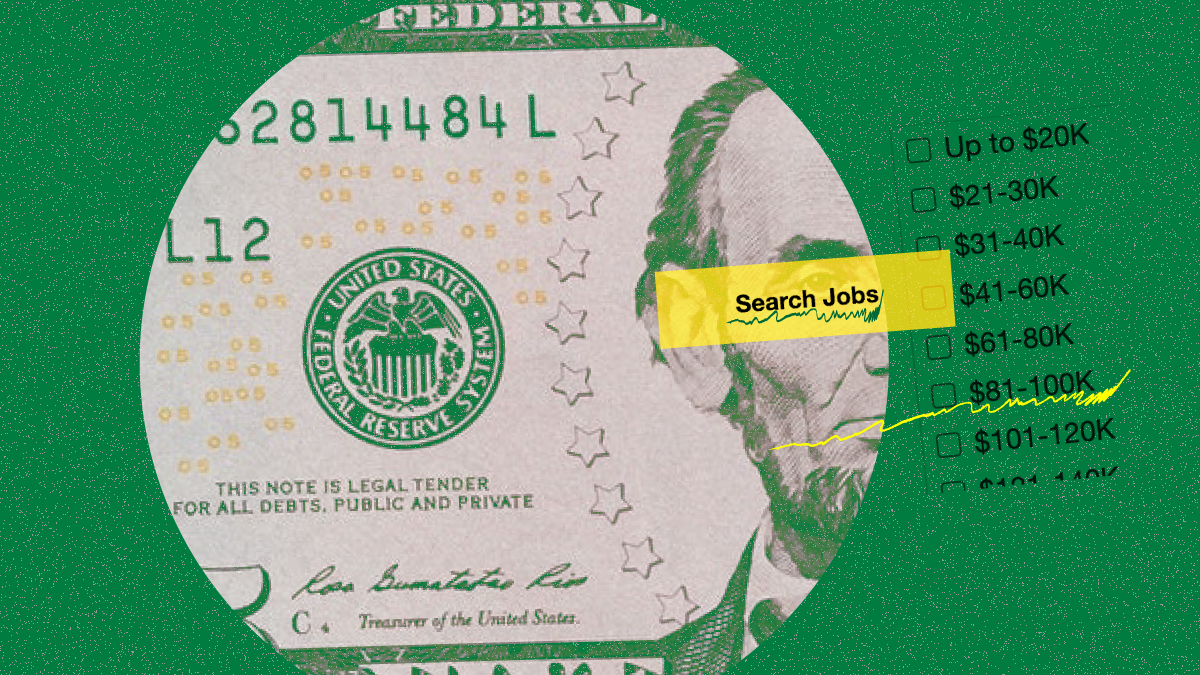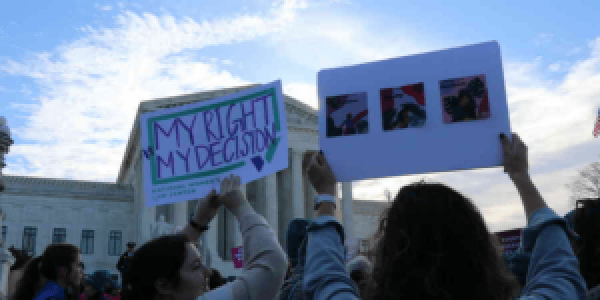Abortion rights, women of color, and LGBTQI+ people are under attack. Pledge to join us in fighting for gender justice.
Pay Transparency Can Help Close the Wage Gap

For decades, our country has tried and failed to eradicate gender and racial wage gaps. But somehow, we’ve been overlooking one of the simplest (and most obvious) solutions:
Pay transparency.
Pay transparency means being able to see how much you could get paid for a job because employers include the pay range in the job announcement.
Pay negotiations are notoriously unfavorable to women: Women who negotiate are perceived as greedy and not team players; relatedly, because women are typically coming from roles where they are paid less, women oftenask for lessthan their equally qualified male counterparts. Research shows that women of color, who experience the largest wage gaps, state dramatically lower minimum salary requirements than white men, white women, and men of color. Indeed, one online job platform found that women of color state salary requirements that are 40% less than what their white male counterparts demand.
But when job applicants are clearly informed about the context for negotiations, like the range of pay, these gender differences in negotiation outcomes diminish… which could help narrow gender and racial wage gaps
States Are Leading the Charge Toward Pay Transparency
This powerful and simple tool to combat gender and racial wage gaps has led eight states, including Washington, California, New York, and Colorado, to pass laws requiring employers to share what they are planning on paying for positions. Currently, nearly 21 million women are benefitting from these pay transparency laws, and millions more could benefit if more states follow suit.
Your State Might be Next!
Thus far this year, Illinois and Hawaii have joined the eight pay transparency states by passing their own pay transparency bills that currently await their governors’. Similar legislation remains in play in several other places, including , and D.C.
Other states introduced pay transparency bills this year, and many will be fighting to pass these bills again next year: Alaska, Georgia, Kentucky, Iowa, Maryland, Missouri, Montana, South Dakota, Tennessee, Vermont, Virginia, and West Virginia.
Here Is How Pay Transparency Helps Workers
And there’s more good news beyond just the salary negotiation process: Pay transparency also holds employers accountable by incentivizing them to proactively review their compensation policies to ensure they’re fairly setting their pay. And if they’re choosing to be unfair, pay transparency helps employees figure that out sooner rather than later so they can seek new, better, and more well-paid opportunities elsewhere!
Although women make up just under half of the U.S. workforce, they represent nearly two-thirds of the workforce in the 40 lowest-paying jobs. If the wage gap were to close, poverty rates for working women would be reduced by over 40%. By holding employers accountable and economically empowering women, pay transparency is a simple tool to close gender and racial wage gaps.
… And How Pay Transparency Also Benefits Employers
Employers are also reaping the benefits of sharing pay ranges. The Society for Human Resources Management found that of organizations that list pay ranges on job postings, 70% say that doing so has led to more people applying to their postings, 66% found that doing so has increased the quality of applicants they’re seeing, and 65% said that doing so makes them more competitive in attracting top talent.
Pay transparency can also help employers attract Gen Z talent. Adobe’s Future Workforce Study of upcoming college seniors and recent college grads revealed 85% are less likely to apply for a job if the company does not disclose the salary range in the job posting.
Employers know that pay transparency is a sign of a more equitable workplace—and we know it will also help foster a more equitable economy overall.
Read more about the link between pay transparency and the narrowing of the gender wage gap here.






